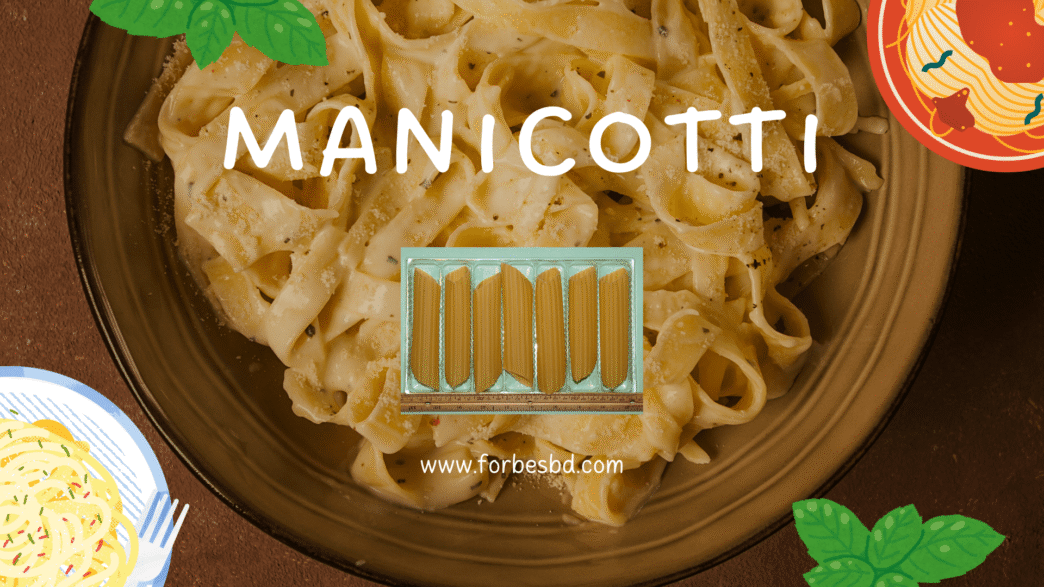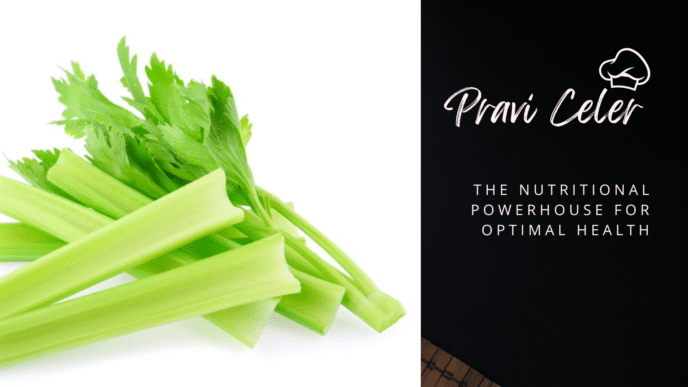If you’ve ever heard someone say mannacote at a family dinner and thought, “Wait, did they mean manicotti?” — you’re not alone. Mannacote is not so much a different dish as it is a different name, born from the kitchens and dinner tables of Italian-American families. Over time, what started as a simple pronunciation twist became a symbol of tradition, nostalgia, and love.
At its core, mannacote is the same delicious baked pasta dish we know as manicotti—large pasta tubes filled with creamy ricotta cheese, herbs, sometimes meat, then covered in rich sauce and baked until golden and bubbling. But to many families, especially in the Italian-American community, mannacote is more than a meal. It’s Sunday dinner. It’s Nonna’s voice calling you to the table. It’s heritage you can taste.
What Exactly Is Mannacote?
Think of mannacote as comfort food with an accent. Technically, it refers to manicotti—pasta tubes stuffed with a savory filling and baked in tomato sauce. The only real difference lies in the name. For some Italian immigrants, the word manicotti was softened, adapted, and pronounced as mannacote. Generations later, many families kept calling it that, even though the recipe never changed.
So when someone serves you mannacote, expect a pan of piping hot, cheese-stuffed pasta shells smothered in sauce and love.
Mannacote vs. Manicotti
-
Culinary difference? None at all.
-
Name difference? 100% tradition.
The “mannacote” pronunciation is a cultural carryover. Italian immigrants adjusted their language to English, and over time, dialects and accents reshaped words. Manicotti became mannacote — and with it, an entire tradition of family cooking.
A Dish with History and Heart
Italian-American Roots
When Italian immigrants arrived in the U.S., they brought with them generations of food traditions. But they didn’t always have access to the same ingredients they used back home. Instead, they adapted — using American cheeses, canned tomatoes, and dried pasta. Out of this resourcefulness grew iconic dishes like mannacote.
For many families, the name mannacote stuck because that’s how Nonna or Papa pronounced it at the dinner table. Over decades, it became a family word, a household staple, and a little piece of identity.
Italian Influences
While the name itself is Italian-American, the dish traces back to Italian classics like cannelloni and pasta al forno. In Southern Italy, you’ll often find homemade crepes used instead of pasta shells, or fillings rich with seasonal vegetables and local cheeses.
In short: mannacote is America’s love letter to Italy, baked in a casserole dish.
What Goes Into Mannacote?
The beauty of mannacote lies in its simplicity and adaptability.
-
Pasta: Traditionally manicotti shells, though some families use crepes or even lasagna sheets rolled up.
-
Filling: Creamy ricotta, mozzarella, Parmesan, egg, parsley or basil. Add spinach, mushrooms, or ground meat if you like.
-
Sauce: Classic marinara is the go-to, but béchamel, arrabbiata, or even a creamy tomato sauce can work wonders.
-
Toppings: A generous layer of cheese on top, baked until golden brown.
It’s a dish that welcomes creativity without losing its soul.
How to Make Mannacote at Home
-
Boil the pasta — Cook manicotti shells until just al dente. Don’t overdo it, or they’ll fall apart when filling.
-
Prepare the filling — Mix ricotta, mozzarella, Parmesan, egg, and herbs. Add spinach, sausage, or beef if desired.
-
Sauce the pan — Spread a layer of marinara on the bottom of your baking dish.
-
Fill the shells — Use a piping bag or spoon to gently stuff each pasta tube.
-
Arrange and cover — Place shells in the dish, cover with sauce, and top with mozzarella.
-
Bake — 25–30 minutes at 375°F (190°C), covered. Remove foil, bake another 10 minutes until golden and bubbly.
-
Rest before serving — Let it sit for 10 minutes. This helps the cheese set and flavors meld.
Delicious Variations
-
Vegetarian: Spinach, mushrooms, zucchini, or roasted peppers make a flavorful filling.
-
Meat Lovers: Add ground beef, sausage, or even pulled chicken.
-
Low-Carb Twist: Replace pasta tubes with thin slices of grilled eggplant or zucchini.
-
Regional Flair: Try Calabrian heat with spicy sausage and ’nduja, or keep it classic with Campanian tomatoes.
Perfect Pairings
Mannacote rarely comes alone. Here’s how to serve it like a pro:
-
Sides: A crisp garden salad, roasted vegetables, or garlicky breadsticks.
-
Wine: Pair with medium-bodied Italian reds — Chianti, Montepulciano d’Abruzzo, or Nero d’Avola.
-
Dessert: A slice of tiramisu or cannoli to seal the deal.
Why Families Love Mannacote
-
It’s nostalgic: The word itself ties generations together.
-
It’s comforting: Cheese, pasta, sauce—what more could you ask for?
-
It’s flexible: Great for holidays, weeknight dinners, or meal prep.
-
It’s a tradition: Passed down recipes keep family heritage alive.
Tips & Common Mistakes
-
Don’t overcook pasta — it will rip while filling.
-
Don’t overfill shells — they’ll burst open during baking.
-
Don’t skip seasoning — even cheese filling needs salt, pepper, and herbs.
-
Don’t rush the resting step — letting it sit makes slicing easier and prevents soupy servings.
Nutrition Snapshot
-
Calories (per 2 shells): ~450 kcal
-
Protein: 20–25 g
-
Fat: 20–30 g
-
Sodium: 600–900 mg
Healthier options include part-skim ricotta, lighter mozzarella, and extra veggies in the filling.
Mannacote at a Glance
| Feature | Details |
|---|---|
| Definition | Italian-American name for manicotti |
| Origin | Adapted from Italian cannelloni |
| Key Ingredients | Pasta tubes, ricotta, mozzarella, Parmesan, herbs, sauce |
| Cooking Method | Stuff → Bake → Rest |
| Popular Variants | Vegetarian, meat, gluten-free, regional |
| Best Pairings | Salad, garlic bread, red wine |
| Cultural Value | Family tradition, heritage, comfort |
Conclusion
Mannacote isn’t just about pasta—it’s about people. It’s about immigrant families holding on to their roots while adapting to new lands. It’s about kitchen tables where stories, laughter, and recipes are shared. And it’s about how one simple word, misheard or re-shaped, carries with it generations of memory.
Whether you call it manicotti or mannacote, the dish remains a warm hug on a plate—a timeless favorite that brings families together, one bubbling pan at a time.
FAQs
Q1: Is mannacote the same as manicotti?
Yes. The dish is identical—the name difference comes from pronunciation and tradition.
Q2: Can I make mannacote vegetarian?
Absolutely. Add spinach, mushrooms, or zucchini for a satisfying veggie version.
Q3: Is mannacote eaten in Italy?
The name isn’t Italian, but similar dishes like cannelloni are very traditional in Italy.
Q4: Can I freeze mannacote?
Yes. Assemble it, freeze before baking, and cook straight from frozen (adding extra baking time). It reheats beautifully too.
Q5: What mistakes should I avoid?
Overcooking pasta, overstuffing shells, and not letting it rest are the most common pitfalls.















